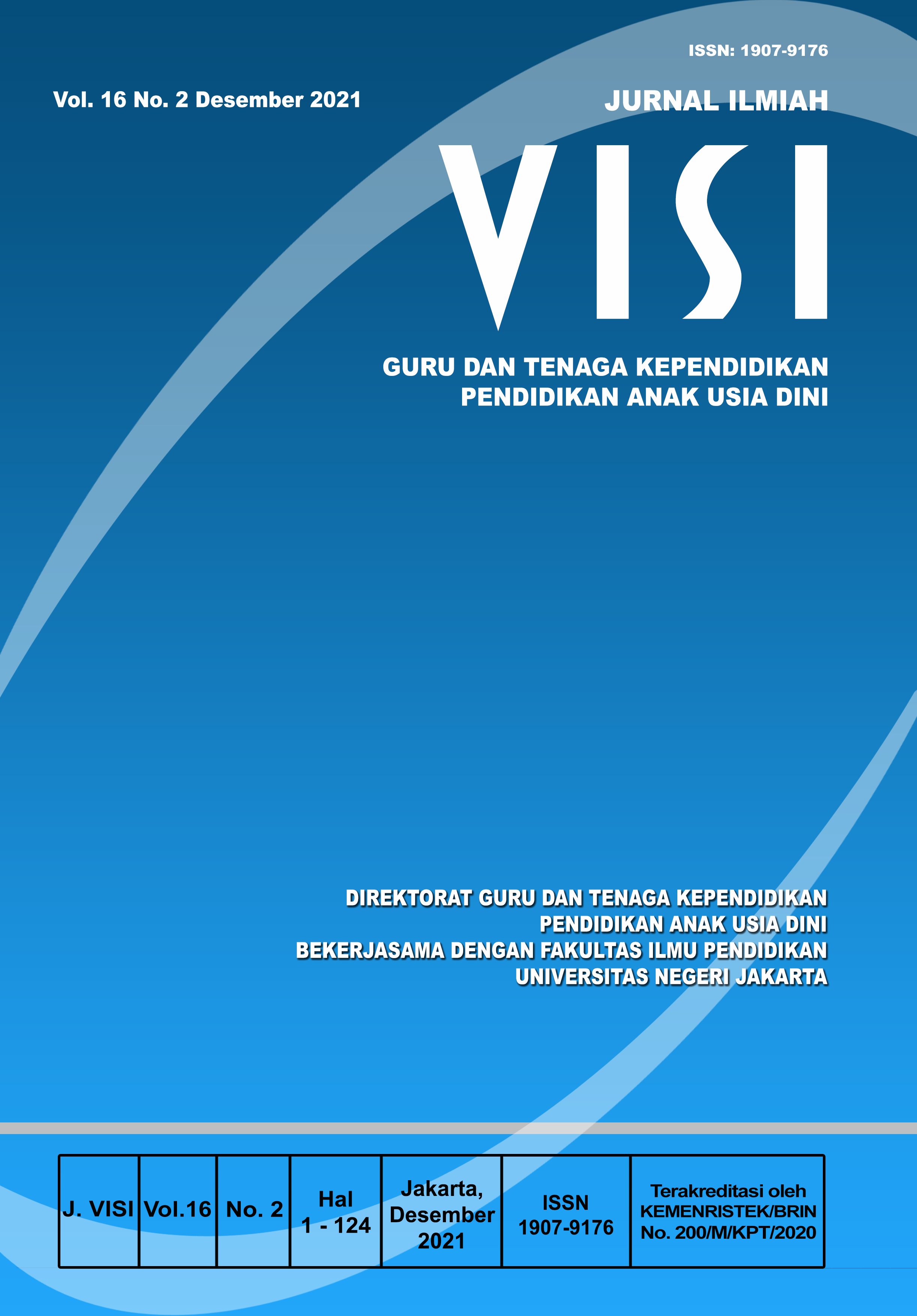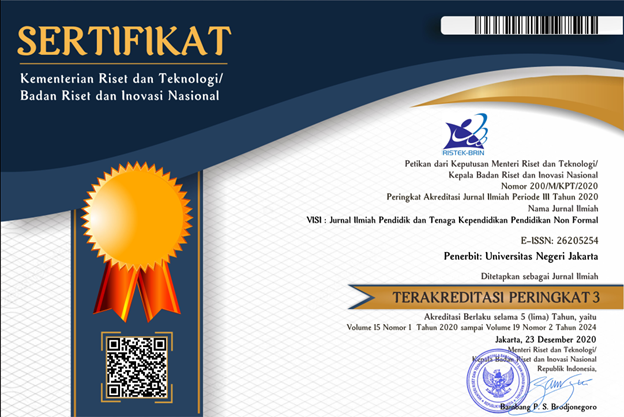IMPLEMENTATION OF WASTE BANK MODEL IN IMPROVING ENVIRONMENTAL HYGIENE
Keywords:
Bank Sampah, Kebersihan, Lingkungan, PemberdayaanAbstract
The purpose of the study is to describe the application of the waste bank model in improving environmental hygiene. The implementation of the waste bank model has several stages of activities, namely 1) Socialization of the first phase, 2) The establishment of waste bank management team, 3) Waste savings training, 4) Socialization of the second phase, 5) Garbage saving servants consisting of household waste sorting, depositing, weighing, recording, garbage transportation, storage and money collection as well as waste recycling activities, and 6) Evaluation. The method used in the study is descriptive method with qualitative approach. Data collection techniques through observation, interview and documentation. Data analysis techniques used are data reduction, data presentation and conclusion drawing. The results of the study found that after the existence of waste banks with the implementation of activities through a 5p approach (possibility, strengthening, protection, disposing and maintenance) now the community manages waste by collecting, sorting and managing waste through waste savings and waste recycling that makes the environment cleaner and neatly organized. In addition, the existence of waste banks also has a positive impact on society that can be seen from the health, education and socioeconomic aspects
Downloads
Published
How to Cite
Issue
Section
License
Authors who publish with this Journal agree to the following terms:
- Author retain copyright and grant the journal right of first publication with the work simultaneously licensed under a creative commons attribution licensethat allow others to share the work within an acknowledgement of the work’s authorship and initial publication of this journal.
- Authors are able to enter into separate, additional contractual arrangementfor the non-exclusive distribution of the journal’s published version of the work (e.g. acknowledgement of its initial publication in this journal).
- Authors are permitted and encouraged to post their work online(e.g. in institutional repositories or on their websites) prior to and during the submission process, as it can lead to productive exchanges, as well as earlier and greater citation of published works.
- Users/public use of this website will be licensed to CC BY-NC-SA Creative Commons Attribution-NonCommercial-ShareAlike 4.0 International License









